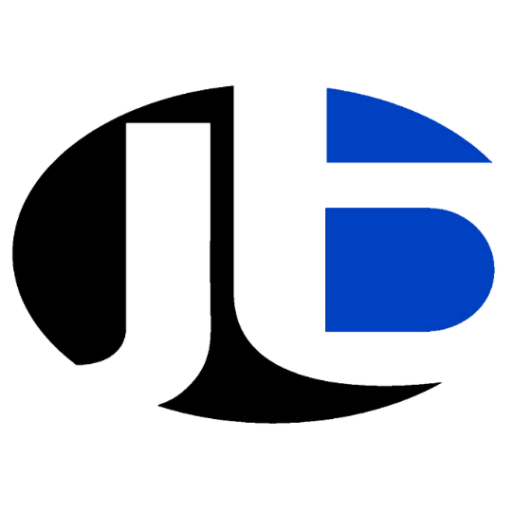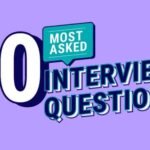Your resume is often the first impression a potential employer has of you, so making it stand out is crucial. Whether you’re just starting your career, transitioning into a new field, or aiming for a leadership position, the fundamentals of resume writing remain the same. Here’s a guide to creating a compelling resume tailored to your experience and aspirations.

1. Understand the Purpose of Your Resume
Your resume isn’t just a list of your work history; it’s a marketing tool designed to showcase your skills, accomplishments, and fit for a specific role. Tailoring your resume to each job application is key.
2. Choose the Right Format
There are three main resume formats:
- Chronological: Lists your work history in reverse order. Best for those with consistent work experience.
- Functional: Focuses on skills and experience rather than work history. Ideal for career changers or those with gaps in employment.
- Combination: A mix of chronological and functional, highlighting both skills and a clear work history.
Tip: Choose the format that best highlights your strengths.
3. Write a Strong Resume Header
Include your name, phone number, professional email, and LinkedIn profile. Avoid using outdated information like your home address.
Example:
Feature Snippet: Key Resume Writing Tips
“Tailor your resume to the job description, use action verbs to describe achievements, and format your document for easy readability.”
4. Craft a Compelling Summary
The summary or objective section provides a snapshot of your career goals and key qualifications. It should be concise and tailored to the position you’re applying for.
Example for Entry-Level Candidate: “Motivated and detail-oriented marketing graduate with strong communication skills and a passion for digital advertising. Seeking to contribute to a dynamic marketing team.”
Example for Experienced Professional: “Results-driven project manager with over 10 years of experience leading cross-functional teams to deliver projects on time and under budget. Expert in agile methodologies and risk management.”
5. Highlight Your Work Experience
When listing your work experience, focus on accomplishments rather than duties. Use action verbs and quantify your achievements whenever possible.
Example: Digital Marketing Specialist
XYZ Company, New York, NY | Jan 2018 – Present
- Developed and executed social media campaigns that increased engagement by 40%.
- Managed a $50,000 annual advertising budget, resulting in a 15% increase in sales.
- Collaborated with the content team to produce SEO-optimized blogs, boosting website traffic by 30%.
Listicle: Action Verbs to Use in Your Resume
- Managed
- Led
- Developed
- Implemented
- Created
- Increased
- Improved
- Analyzed
- Designed
- Collaborated
6. Showcase Your Education
Include your degree, school name, and graduation year. If you’re a recent graduate, you can also list relevant coursework or academic honors.
Example: Bachelor of Science in Computer Science
University of California, Los Angeles | Graduated: 2022
7. Highlight Your Skills
Include a skills section that lists both hard and soft skills relevant to the job. Make sure to match your skills with those mentioned in the job description.
Example Skills Section:
- Hard Skills: Data Analysis, SEO Optimization, Graphic Design, Project Management
- Soft Skills: Communication, Teamwork, Problem-Solving, Time Management
8. Tailor Your Resume for Each Application
Customize your resume for each job you apply to by aligning your skills and experience with the job description. Use keywords from the job listing to pass through applicant tracking systems (ATS).
9. Proofread and Edit Your Resume
Errors can make a bad impression. Carefully proofread your resume and consider using tools like Grammarly. It’s also helpful to have a friend review your resume for clarity and accuracy.
Table: Resume Dos and Don’ts
| Do | Don’t |
|---|---|
| Tailor your resume to the job | Use one generic resume for all |
| Use bullet points for readability | Write long, dense paragraphs |
| Quantify achievements | Focus solely on responsibilities |
| Include relevant skills | Overload with irrelevant details |
| Proofread for errors | Submit without reviewing |
10. Add a Cover Letter
A strong cover letter complements your resume and gives you the opportunity to explain why you’re the ideal candidate. Personalize it for each job application.
Conclusion
Writing a standout resume requires attention to detail, customization, and a focus on your achievements. By following these tips, you can create a resume that effectively markets your skills and makes you a strong candidate for your desired job.
Frequently Asked Questions (FAQs)
1. How long should my resume be?
Ideally, your resume should be one to two pages. Focus on highlighting relevant skills and achievements rather than listing every job you’ve ever had.
2. What should I include in a resume summary?
A resume summary should briefly highlight your key skills, experience, and career goals. Tailor it to the position you are applying for.
3. How do I handle employment gaps on my resume?
Be honest about gaps and use the functional resume format if necessary. Highlight skills or experiences gained during those periods, such as volunteer work or professional development.
4. Should I include references on my resume?
It’s not necessary to include references on your resume. Instead, have a separate list ready to provide when requested by the employer.
5. How can I optimize my resume for ATS?
Use keywords from the job description, keep formatting simple, and avoid using images or tables that might confuse ATS software.
6. Can I use a resume template?
Yes, using a professional resume template can help you structure your resume effectively. Just make sure to customize it to your experience and the job.
7. What are some common resume mistakes?
Common mistakes include typos, irrelevant details, long paragraphs, and using a generic resume for every application. Always tailor your resume to each job.
8. How do I quantify my achievements?
Use numbers, percentages, or data to showcase your accomplishments. For example, “Increased sales by 20%” or “Managed a team of 10 people.”
9. Should I include a photo on my resume?
In most cases, especially in the US, it’s best to avoid including a photo to prevent bias. However, in some countries or industries, a photo may be expected.
10. How do I write a resume for a career change?
Focus on transferable skills and use a functional resume format. Highlight achievements that are relevant to the new field you are targeting.












